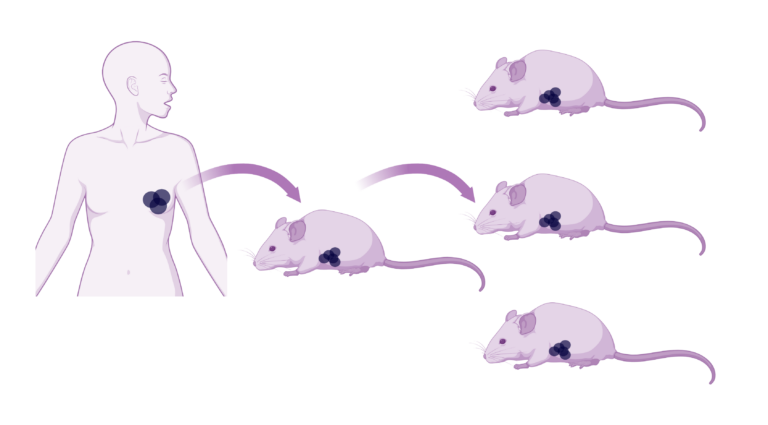We have expanded our research tool offerings to include Patient–Derived Xenograft (PDX) models.
CancerTools.org now provide a large, diverse collection of:
- Breast cancer PDX models, deposited by Professor Alana Welm, from the University of Utah. This includes models of the most advanced and lethal forms of breast cancer, such as aggressive, metastatic and treatment-resistant subtypes.
- Non-small cell lung cancer (NSCLC) PDX models, deposited by Dr. Robert Hynds and Dr. David Pearce, from the Cancer Research UK (CRUK) Lung Cancer Centre of Excellence at University College London (UCL). These pioneering models have been derived from multiple regions of primary NSCLC tumours from patients enrolled in the Lung TRACERx study.



